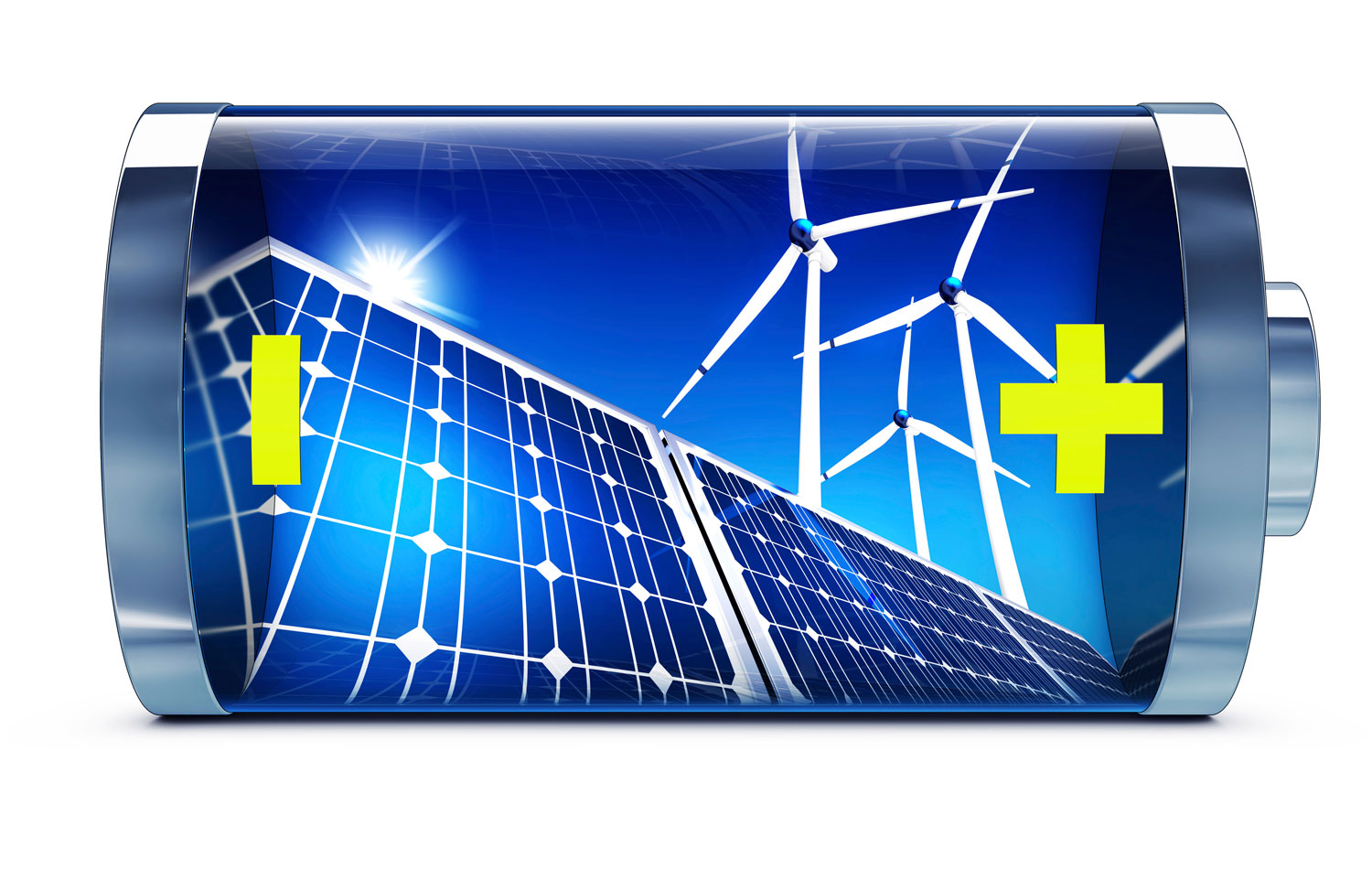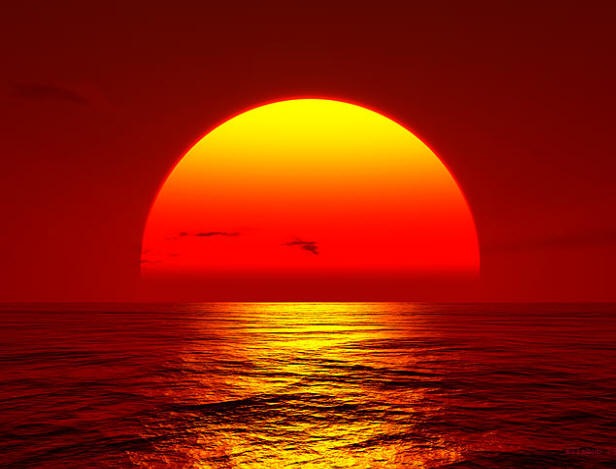Solar Water heater Tank Sizing
Citations

1Store Heat Recuperated by Evacuated Tube Solar Collectors during the sunny period of the day / week / month, to be used during the non sunny period of the same period.
2Some Canadian Cities Sunshine Hours from east to west.
| City | Annual Sunshine Hours |
|---|---|
| Calgary | 2396 |
| Edmonton | 2345 |
| Halifax | 1962 |
| Montreal | 2051 |
| Regina | 2318 |
| Saskatoon | 2268 |
| St-John's | 1633 |
| Sherbrooke | 1567 |

3The Central Southern part of Canada is the sunniest in both winter and summer time
INTRODUCTION
Properly sizing solar water storage tank is critical for the usability and the pay-ability of any solar water heating system. It comes directly after Vacuum Tube Solar collectors selection and positioning (For Solar collectors selection and installation, please refer to this blog post).
Too big or too small solar water storage tank is the optimal recipe for failure: Unreliability and longer than expected payback period.
Over Sizing Solar Water Heater Tank will increase the time required to heat the fluid contained in the tank to a usable temperature. This can make short time sun exposure (especially in winter) almost useless.
The opposite is also true, Under Sizing solar water storage tank undermines the purpose of solar thermal storage (1), which might force some home owner to throw excess heat (that can't be absorbed by the relatively smaller water tank), especially in summer.
WHAT'S GOOD ABOUT SOLAR ENERGY AND WHAT'S NOT

Heat Radiated by the sun is the most abundant source of energy on earth, it's available for free and converting it to other forms of energy such as hot fluid of electricity has never been cheaper than before. Some places on earth have 4000 hours of yearly sun exposure (such as Arizona and Egypt) and other places have only 1500 hours of yearly sun exposure (such as St-John's in Newfoundland, Vancouver in British Colombia or Sherbrooke in Quebec). In colder climates sun hours are more frequent in summer (when it's less needed) and less available in winter (when it's mostly needed).
This is the case of most major Canadian Cities from east to west coast, making a properly sized thermal energy storage tank a necessity for storing captured heat when heating demand is relatively low and using it later on when heating demand is relatively high. Thermal Heat Storage in this case has two purposes: The first is to eliminate any wasted heat (by storing excess heat) and the second is to be able to use already stored excess heat in the absence of panels' sun exposure.
As an example, an over-sized solar water heater tank that only allow a water temperature increase of less than 10⁰F is simply useless.
SOLAR HEAT INTENSITY IS LOCATION DEPENDENT
Sun's thermal intensity isn't the same everywhere in Canada (3). Solar insolation is at its peak in the southern part of Alberta, Manitoba and Saskatchewan as seen in Canada's solar radiation map.
Higher Solar Radiations intensity, expressed in Watt by Square Meter of Solar Collector, requires more thermal storage volume. Consequently less Solar Radiations Intensity require less thermal storage volume.
It's highly recommended for solar designer or installer to avoid using universal rules of thumb (Like 2 US Gallons of Thermal Storage Volume for every 1 Square Foot of Vacuum Tubes Solar Water Heating Collector). What's good for Calgary might not be good for Sherbrooke or St-John's and vice versa.
CALCULATING SOLAR WATER STORAGE TANK
Calculating Solar Water Thermal Storage Tank Volume will be done using the second law of thermodynamics. This Simple Law States that Heat Collected by solar water heating collectors will be equal to the rate of change of storage tank's water internal energy divided by the Sunshine exposure time.
Water Density (Kg/m³) x Water Volume (m³) x ΔU (KJ/Kg) / Δt (Second) = Solar Heat (KW = KJ/second).
Water ΔU (KJ/Kg) = 4.18 (T2 - T1) (°C).
The above formulas are tabulated for both winter and summer time assuming the followings:
| City | Average Winter 6 Hours Sunshine (Watt/m²) | Storage Tank Water Winter Temperature (°C) - T2 After 4 Hours of Sunshine | Average Summer 8 Hours Sunshine (Watt/m²) | Storage Tank Water Summer Temperature (°C) - T2 After 8 Hours of Sunshine | Required Storage Volume by Collector's Gross Area (US Gal./ft²) |
|---|---|---|---|---|---|
| Edmonton | 671.29 | 41.59 | 854.89 | 75 | 1.05 |
| Calgary | 723.45 | 43.09 | 861.56 | 75 | 1.06 |
| Vancouver | 719.09 | 43.97 | 824.93 | 75 | 1.02 |
| Halifax | 827.62 | 48.56 | 796.8 | 75 | 0.98 |
| St-John's | 744.39 | 45.93 | 788.91 | 75 | 0.97 |
| Montreal | 667.239 | 54.84 | 526.57 | 75 | 0.65 |
| Toronto | 593.433 | 54.24 | 476.57 | 75 | 0.59 |
| Sherbrooke | 662.355 | 54.39 | 514.58 | 75 | 0.63 |
| Ottawa | 635.926 | 54.85 | 501.7 | 75 | 0.62 |
| Quebec City | 784.08 | 47.18 | 793.05 | 75 | 0.98 |
| Regina | 659.86 | 41.40 | 847.77 | 75 | 1.04 |
| Winnipeg | 770.091 | 48.58 | 740.945 | 75 | 0.91 |
CONCLUSION
Solar Thermal Storage Volume by unit area of solar water heater collectors varies from Canadian City to another. it can be as low as 0.59 US Gal./ft² to as high as 1.06 US Gal./ft² which might have a big impact on the cost of your solar water heating project. The Storage Tank represent a third of your total material cost and is the central piece that connects your solar water heating installation to the rest of your house or building.
N.B: The above table was prepared based on the above mentioned assumptions. Changing one of the assumptions will make the above tabulated results obsolete from a technical standpoint. For further details please contact our technical team or simply call +1 (888) 686 7652.
Decarbonization by Producing Medium Temperature Hot Water with Vacuum Tube Solar Collectors
This Blog explains how Vacuum Tube Solar Collectors can be used in industrial process heating to reduce industrial buildings carbon footprints.
How to turn wasted heat into cash in Buildings with simultaneous heating and cooling demand?
Many buildings have cooling and heating demand at the same time. A lot of money is wasted when paying utility companies to buy energy for generating heating and cooling at the same time. This blog explains how to recover heat and reduce annual utility bills.
Air to Water or Geothermal Heat Pump?
This Blog present advantages and disadvantages of Air to Water Heat Pumps and Geothermal Heat Pumps (or Water Source Heat Pumps). It outlines the result of energy simulation and shows payback period, marginal benefit Vs marginal cost as well as complete life cycle cost of each technology.
Seasonal Underground Thermal Energy Storage
Solar Energy is the most abundant renewable energy in our planet, however one of the disadvantages of solar energy is that it's available when it's less needed. We have more sunny hours in the summer than in winter in most Canadian Cities, which make any solar system (Whether PV Panels, Evacuated Tube Solar Collectors, Solar Air Heaters, etc...) oversized for summer, when designed to cover winter demand, and very expensive for a regular middle class Canadian Family.The ideal scenario will be to store the excess produced energy in the summer (when demand is low) and be able to use it in winter (when demand is high). That was and still not easy to achieve in places like Canada and the North Eastern portion of the US. Daily Storage, whether thermal storage with water tanks or electricity storage with DC batteries is very common in North America, however the stored energy can not last more than couple of days.






